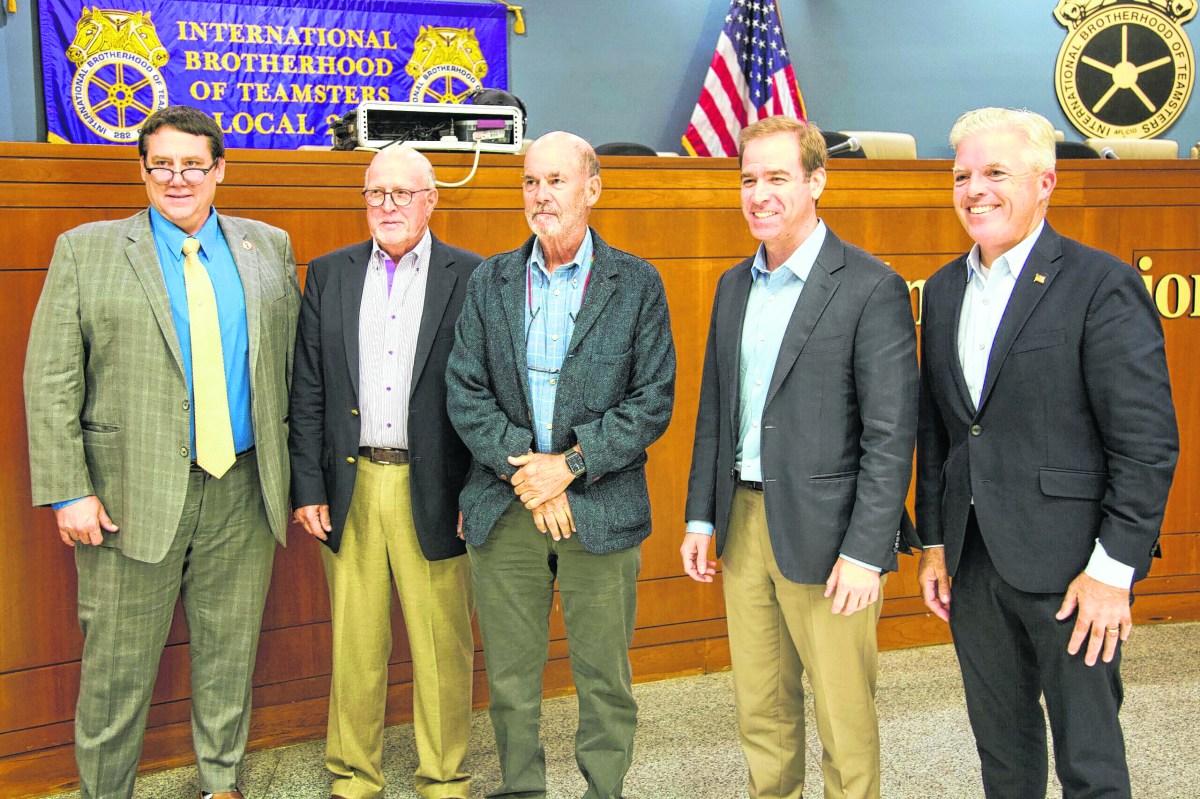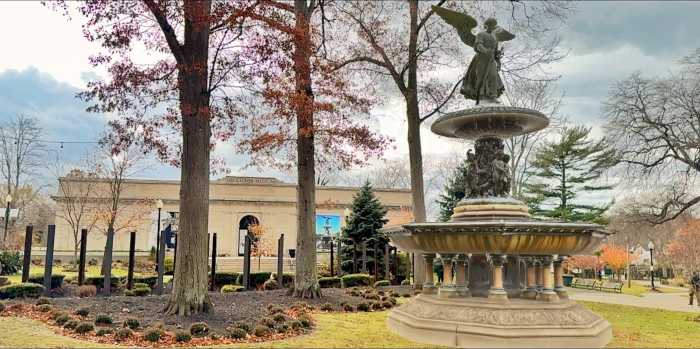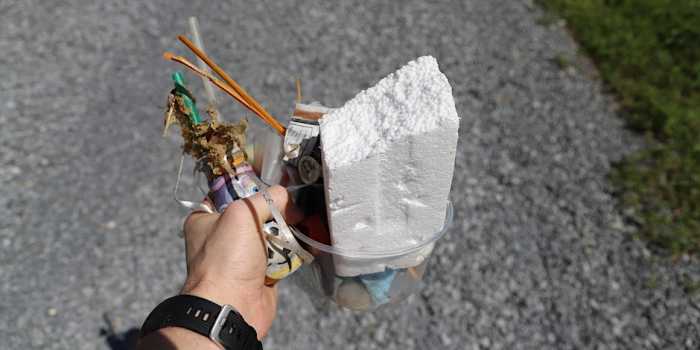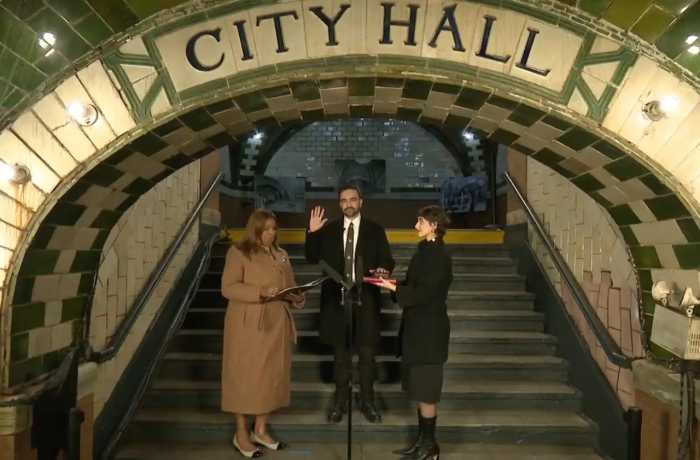A train line, underneath the Long Island Sound, that takes you from Port Jefferson to Connecticut? The idea is not as far off as you think.
In fact, similar plans existed previously to get a high-speed rail that takes you from New York City to Boston, which would be the ultimate realization of this plan. The Greenport Long Island Railroad Station — the furthest east on the North Fork which sees an average of two trains daily — was originally built with the intentions of expanding railroad services across the Sound, which never came to fruition.
But now, a coalition of unions, transit advocates, and political leaders gathered at the “High-Speed Rail Construction” conference on Sept. 5 to advocate for an ambitious high-speed rail line connecting New York City to Boston. The proposal aims to create a faster and more efficient rail connection through a combination of existing infrastructure and new developments, which includes a tunnel under Long Island Sound.
The event featured a panel of prominent speakers, including former Regional Plan Association President Bob Yaro, former Hartford Mayor Luke Bronin, and former Suffolk County Executive Steve Bellone. Participants emphasized the critical role that labor would play in getting the project off the ground, with National Conference of Firemen & Oilers (NCFO) President Emeritus Dean Devita announcing the formation of the Northeast High-Speed Rail Coalition.
The panel was moderated by Dave Kapell, a consultant with Stirling Public Policy. Kapell served as the elected mayor of Greenport from 1994 to 2007.
“This is an opportunity to get on the list of projects that could secure capital funding two or three years from now,” Yaro said.
The proposed high-speed rail line would run from Penn Station in New York City, pass through Long Island, and utilize existing rights-of-way before crossing under Long Island Sound via a 16-mile tunnel to Milford, Connecticut. From there, it would proceed through Hartford to Boston along existing rail corridors. Yaro hopes to initiate a corridor planning study, which could lay the groundwork for construction to begin by 2028.
Bellone, who was term limited in 2023 and was succeeded by Ed Romaine, supports the plan.
“Think of all the villages and towns and cities that are connected to this tremendous regional rail system that we have all across the northeast — now connected to a high-speed rail trunk line — how that will transform those places with new housing, new opportunities for jobs,” Bellone said.
However, the New York to Boston rail line project faces challenges, including the engineering complexity of building a tunnel under the sound and securing tens of billions of dollars in funding. Yaro acknowledged the difficulties, noting that political will and labor’s continued advocacy would be essential to overcome obstacles.
Labor unions are expected to play a key role in securing federal funding and pushing the project forward, much like their involvement in the Brightline West high-speed rail project, which recently secured federal backing.
“Labor is in the best position to change the game,” Bronin said.


































